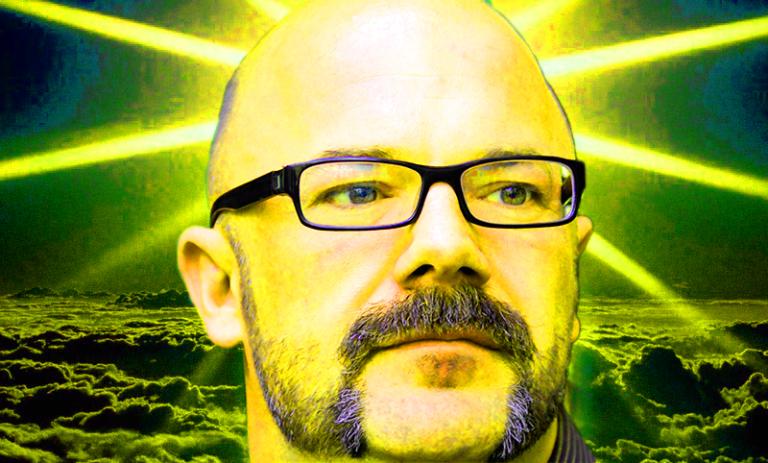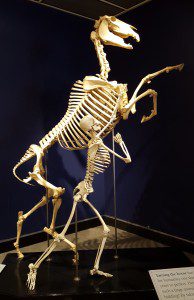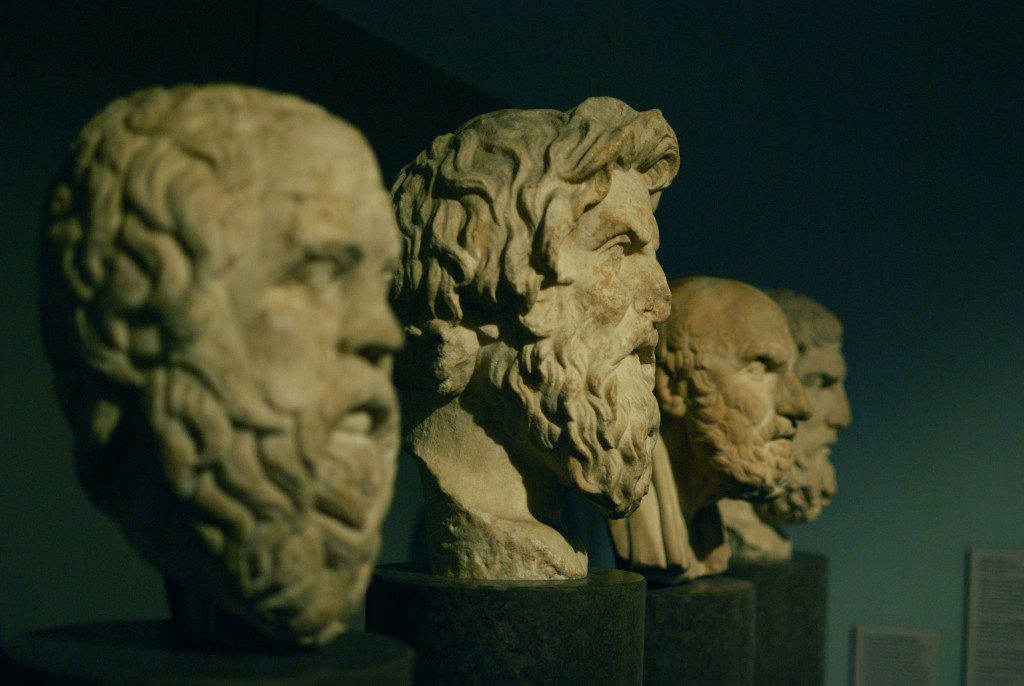There is perhaps no idea I hear at church that I find more wrong, or more dangerously wrong, than that faith is a will to believe in the absence of evidence. I understand where the idea comes from, of course. Religious belief is not simply dictated by logic and observation. To get from even the strongest evidence to the acceptance of any particular creed requires an act of interpretation; ultimately, in some sense, it requires a choice.
But the choice–take note–is not a choice between faith and rationality, between believing something without evidence and simply following the facts where they lead. Instead, an act of interpretation is necessary to arrive at any beliefs, whether religious or scientific.
Take, for an example, the famous story of Galileo concluding despite persecution that the earth moves around the sun. As my high school history teacher would have it, Galileo simply looked into his telescope and saw things that made geocentrism impossible, while his critics ignored evidence and based their views on scripture and benighted tradition. They may have had the political power to force him recant, but political power and recantations were irrelevant to the facts. Galileo had seen the truth in his telescope. Eppur si muove: “and yet it moves.”
Of course, one cannot merely look into a telescope and see that the earth revolves around the sun. Leaving church politics aside, the actual astronomical debate of Galileo’s day was not between people who observed the sky and those who did not; it was between people who disagreed about the meaning of their observations. Galileo and Brahe both observed the heavens, but Galileo interpreted what he saw as proof that the earth moved, while Brahe went to his grave insisting that it did not.
The difference between them was not the accuracy of their observations: of the two, Brahe was the more careful and persistent astronomer, and it was Brahe’s data, not Galileo’s, that led Kepler to his laws of planetary motion. The difference was also not intellectual honesty or courage to face the facts, which were hardly Galileo’s greatest strengths. Having committed himself to the Copernican system, Galileo let his commitment blind him on at least two occasions: when he insisted that the tides were physical evidence of the motion of the earth around the sun despite that hypothesis not fitting the available data, and when he refused to accept Kepler’s laws of planetary motion, which were clearly superior to Copernicus’ work.
The difference between Galileo and Brahe was that Galileo possessed the intelligence and ingenuity–in short, the genius–to imagine a physics that would explain how such an immense and massive object as the earth could be moving at incomprehensible speed when it appears to everyone living on it to be quite still. Brahe lacked this genius, but we can hardly blame him. Even today, nearly half a millennium later, not a lot of people can explain the full answer to that question, to say nothing of figuring it out and testing it on their own. By and large we take it on faith, as we do so many things in this scientific world.
Anyway, real science is always like this, a messy back-and-forth between the things scientists see and the theories they invent to explain what they see, which then guide further observations, which spur the invention of new theories, and on and on round the circle. It is not, it cannot be, simply a matter of following the facts, of honestly facing up to whatever evidence the universe happens to throw one’s way.
Yet when science is set in opposition to religion, “just following the facts” is all too often the picture of science that religion is compared to. Religion does not claim to be just following the facts, and religious belief is therefore incorrectly portrayed as purely subjective and totally independent of evidence and argument.
Besides being a comforting fantasy for those who wish to dismiss religion without understanding it, this image of religious belief is an obstacle to sincere seekers of religious truth. Indeed, it is a denial of the possibility of religious truth, a rejection of the idea that one set of religious beliefs might correspond to reality more closely than any other. All might be equally valid, as I’ve heard some liberal Protestants tolerantly affirm; or all might be equally invalid, as the New Atheists rather intolerantly bellow; but attempting to persuade someone that your perfectly subjective understanding of God is more accurate than theirs makes roughly as much sense as responding to a friend’s “I feel sick” with “You’re wrong, I feel quite well.”1
If faith is not a choice to believe in the absence of evidence, what is it? For starters, it’s much too complicated to explain completely in the last two paragraphs of a blog post. But from one angle, it looks a fair amount like science–real science, that is, not the imaginary sort in which telescopes do all the work and scientists merely stand in front of them with their eyes open. From this perspective, faith, like so much of science, lies in interpretation, in trying to make sense of a complicated and confusing world. Faith’s work is harder than science’s, in that it must answer questions of what life means and how one ought to live, and harder still because it must make sense not merely of objective facts but of a person’s whole life experience–including what we commonly call spiritual experiences, when the Subject of our study becomes for a moment our Teacher. Nevertheless, the basic task is the same: to answer the questions that matter in ways that are faithful to reality, and to improve our answers “line upon line, precept upon precept” as we encounter new evidence.
One last thought to conclude: once such faith is found, and shown to make sense of life, it would be irrational to jettison it at the first signs of contrary evidence. Physicists did not throw general relativity overboard when they thought they had observed neutrinos traveling faster than the speed of light, just as the Apostle Thomas should not have lost faith in Jesus’ predictions of his resurrection when he was crucified. Very often, the perfectly rational response to challenges to one’s faith echoes Galileo’s: “And yet the Spirit moves.”
1. Analogy borrowed from C.S. Lewis, The Abolition of Man.











